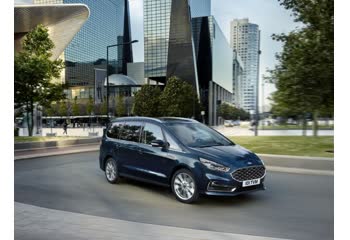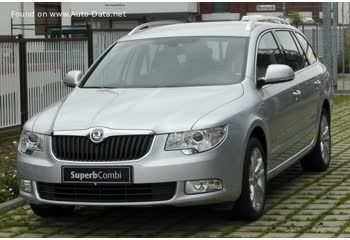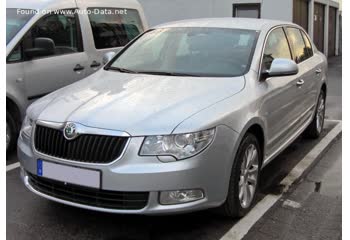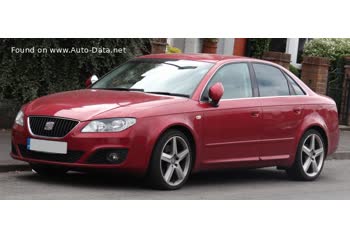Everything you need to know about specifications and performance - Ford Galaxy 2010 - 2.0 EcoBoost (203 Hp) PowerShift

Overview:
What is the engine capacity of a Ford Galaxy 2010?
The engine capacity of the Ford Galaxy 2010 is 1999.
Ford Galaxy 2010 How many horsepower?
The engine power of the Ford Galaxy 2010 is 203 Hp @ 6000 rpm..
What is the Ford Galaxy 2010 engine?
Ford Galaxy 2010 engine is EcoBoost / TNWA. (Click to see other cars using the same engine)
How much gasoline does a Ford Galaxy 2010 consume?
The Ford Galaxy 2010 consumes 8.1 liters of gasoline per 100 km
General:
Engine:
Performance:
Space:
dimensions:
Powertrain, Suspension and Brakes:
See also

Last generation.
Its production began in 2021 until 2023

Other generation.
Its production began in 2006 until 2010

Same production year and almost the same engine capacity.
Its production began in 2010 until 2013

Same production year and almost the same engine capacity.
Its production began in 2010 until 2013

Same production year and almost the same engine capacity.
Its production began in 2010 until 2011

Write a comment